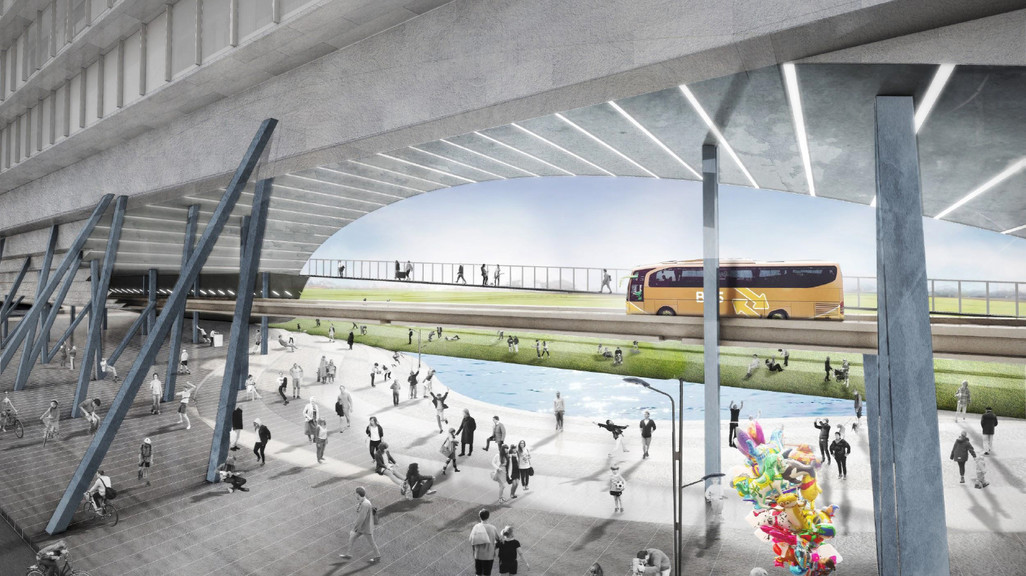
Ruins in Reverse: Architecture as Active Form
403 Research Studio
2019
With the advent in the early 20th century of mechanized delivery systems for water, power and transportation, the relationship between the city and its architecture has today become progressively detached. This studio asks: how might architecture influence and catalyze change in its surroundings infrastructurally, rather than merely ‘respond’ to them? Intended as a tool for assessing, revealing and unlocking undisclosed capacity in infrastructural space, the studio project is offered at a moment in which the public is increasingly reluctant to pay for infrastructure, resulting in a concomitant shift of that burden upon the private sector, whose properties it serves.
This shift has generated what is termed an excess capacity of urban land—land whose latent value may offer the opportunity to be the first stage of a process of “ingrown” densification that is unprecedented in Los Angeles, a city associated with sprawl. This research studio explores and exploits the excess capacity of 2 sites in which opportunities for new development can be recovered: namely through the removal of unnecessary medians and/or frontage streets within their overly-wide right-of ways. They are: the Orange Line Busway in Canoga Park; and the 98th street electrical easement, in South LA.
Related Faculty |
Roger Sherman |
Related topics |
Urban Strategy, Megalopolis |
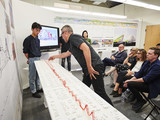
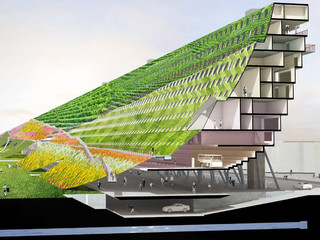
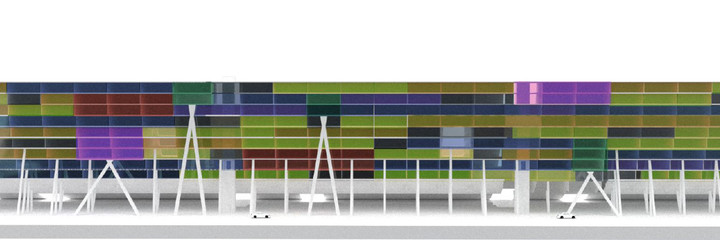
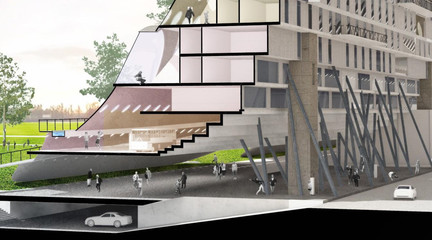
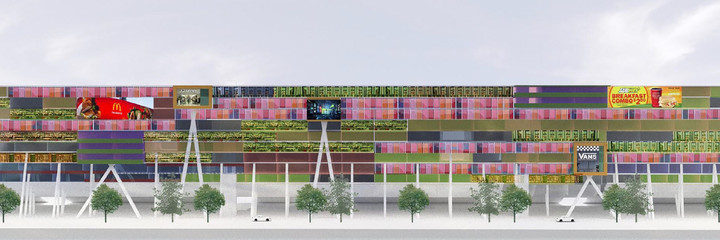
- Final review of student work
- Haoyu Chen, Liyao Chen, Kenny Wong, Siqi Zhang
- Haoyu Chen, Liyao Chen, Kenny Wong, Siqi Zhang
- Haoyu Chen, Liyao Chen, Kenny Wong, Siqi Zhang
- Haoyu Chen, Liyao Chen, Kenny Wong, Siqi Zhang